Hilsa Fish | Paluva
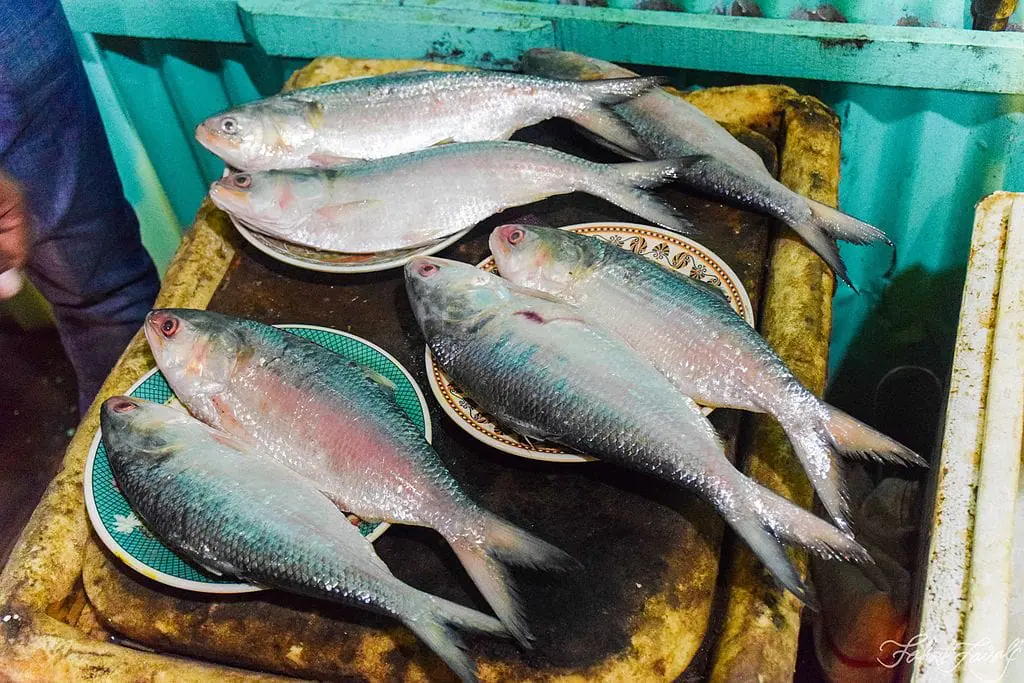
Hilsa Fish | Paluva: The Iconic Delicacy of Indian Rivers
Introduction to Hilsa Fish
The Hilsa fish, often referred to as “Paluva” in certain regions, is a prized delicacy found in the riverine waters of South Asia, especially in India and Bangladesh. Known scientifically as Tenualosa ilisha, this fish has earned a special place in the hearts of seafood lovers, not only for its distinct taste but also for its cultural and culinary significance. Hilsa is particularly famous in Bengali, Odia, and Assamese cuisines, where its rich flavor is celebrated in a variety of traditional dishes.
Characteristics and Nutritional Value
Hilsa fish is rich in essential nutrients, making it an excellent choice for a balanced diet. High in omega-3 fatty acids, proteins, and essential minerals like iron and calcium, this fish provides numerous health benefits, including improved cardiovascular health, cognitive function, and overall wellness. However, the fish’s delicate bones make it challenging to eat, often requiring skill to separate the flesh from the bones. Its high oil content contributes to its characteristic soft, buttery texture, which further enhances its popularity among seafood enthusiasts.
Culinary Significance of Hilsa | Paluva
Hilsa is considered a luxury fish in Indian cuisine, often used in traditional dishes that mark special occasions. In Bengali culture, for instance, Hilsa is part of many festivities, including the monsoon season, where dishes like “Ilish Bhapa” (steamed Hilsa) and “Shorshe Ilish” (Hilsa in mustard sauce) are iconic. The fish is also a staple in religious ceremonies, symbolizing prosperity and good fortune. Its unique taste and aroma, coupled with its texture, make it a highly sought-after delicacy.
Conclusion
Whether steamed, fried, or cooked in a mustard-based curry, Hilsa fish brings a unique flavor that is truly unmatched. For seafood lovers, it’s not just a dish but an experience that reflects the cultural heritage of India’s coastal and riverine regions.
Glossary :
English : Hilsa
Malayalam : Paluva
Tamil : Ullam, Oolam, Vengannai
Telugu : Polasa, Killalu
Kannada : Mallas Hilsa

Chicken Nuggets Sandwich | Homemade Chicken Nuggets Sandwich

Malabar Beef Samosa | Kerala Beef Samosa

Cashew Rice Balls | Cashew Rice Snacks
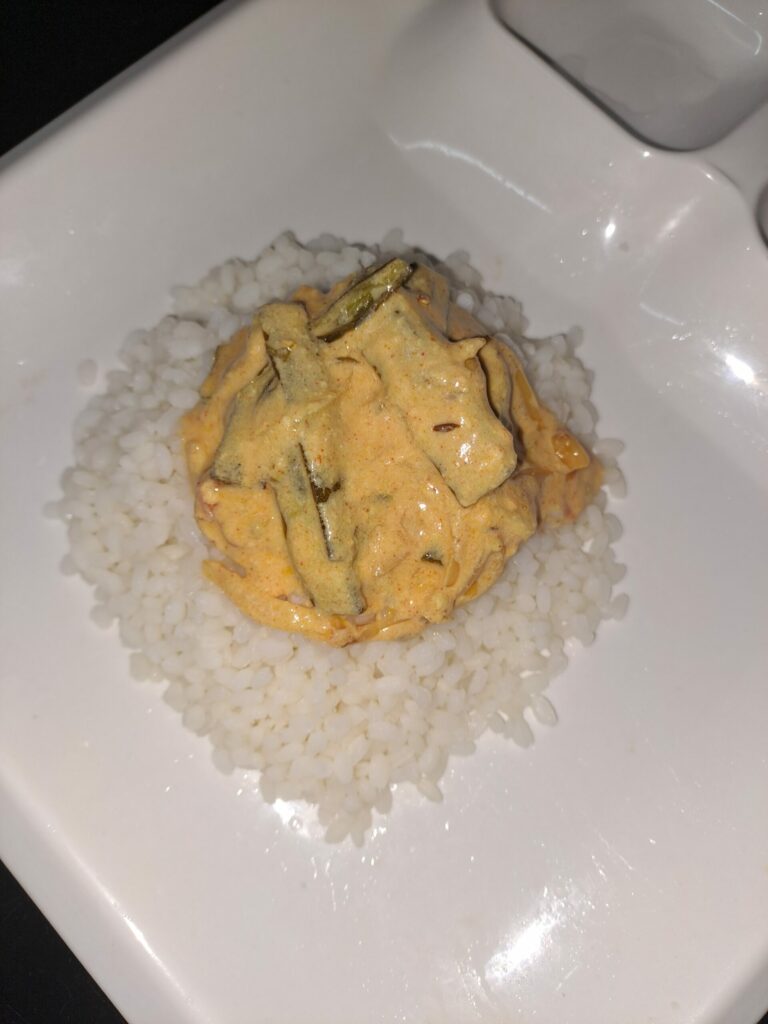
Vendakka Curd Curry | Okra Curd Curry
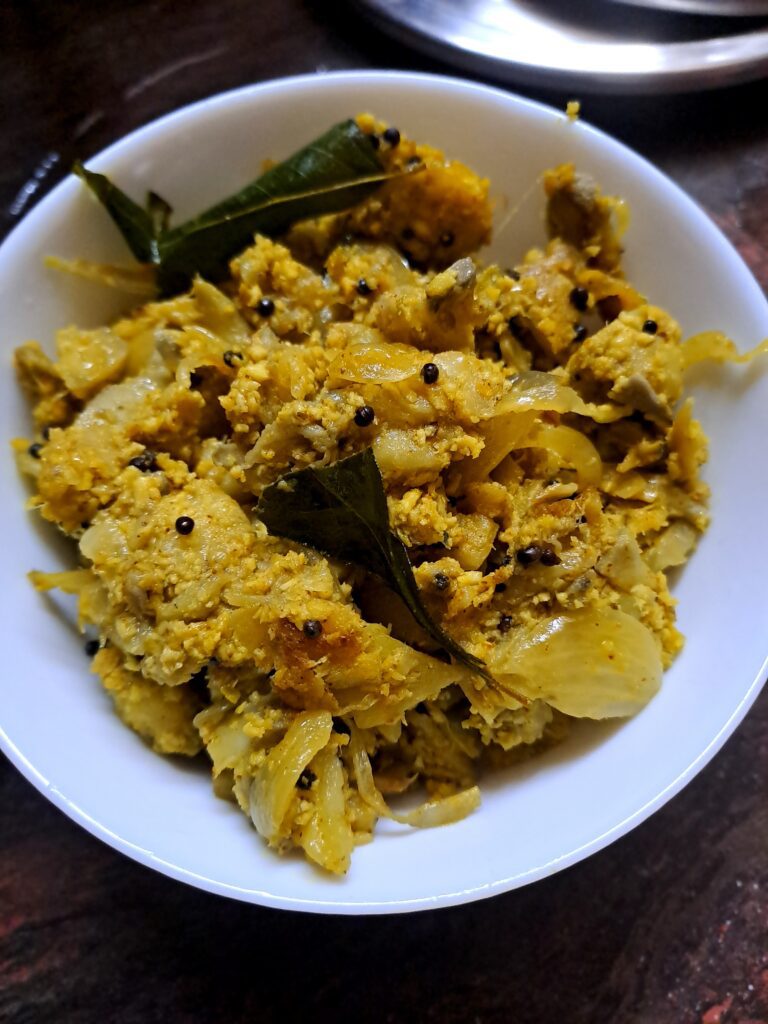
A Simple One Day Meal Plan In Kerala Cuisine

Chicken Nuggets Sandwich | Homemade Chicken Nuggets Sandwich

Malabar Beef Samosa | Kerala Beef Samosa

Cashew Rice Balls | Cashew Rice Snacks

Vendakka Curd Curry | Okra Curd Curry




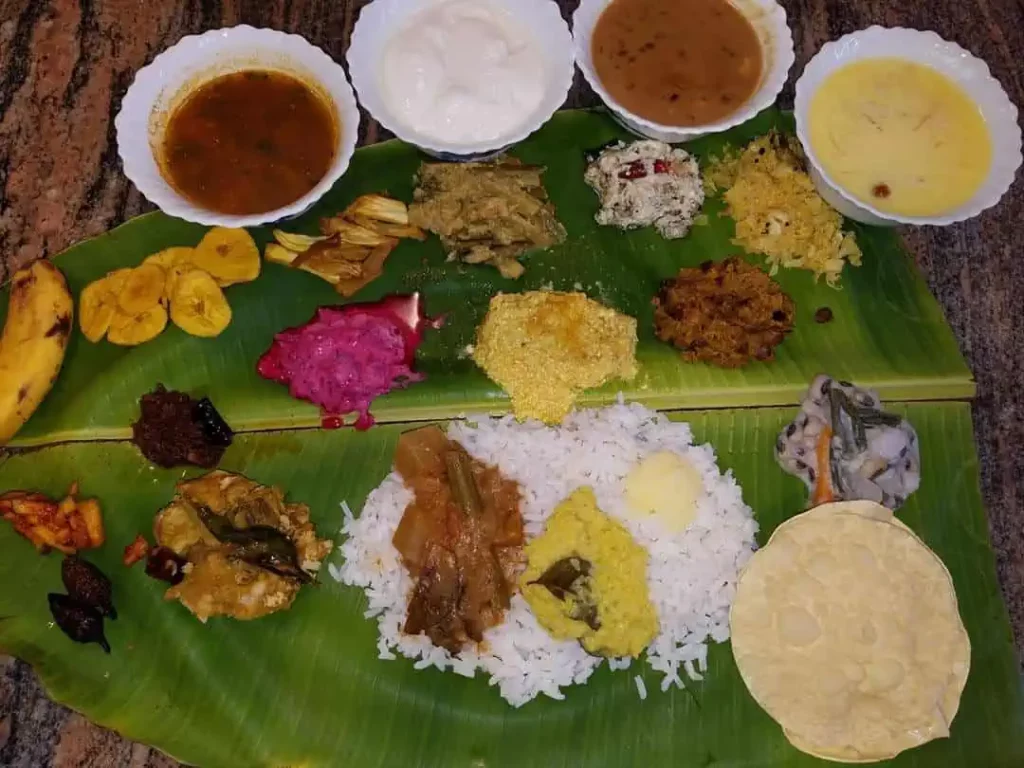
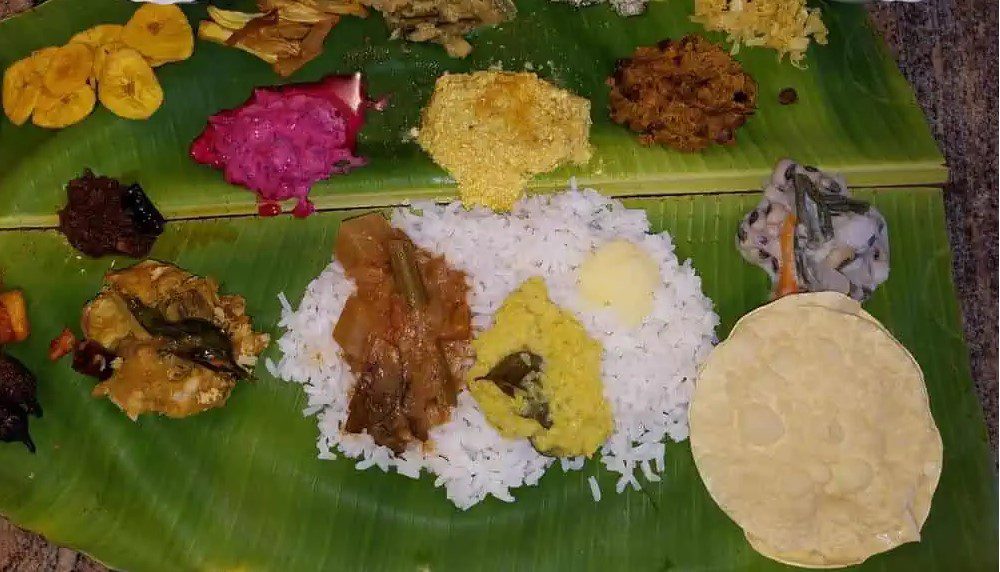

Hilsa fish is a delicacy in Kerala food recipes that seafood lovers will appreciate!
The Hilsa fish glossary on Pachakam is fantastic for learning traditional Kerala recipes with rich cultural details.
Thank you so much for the review!
A comprehensive and beautifully written description of Hilsa! Perfect for exploring Kerala’s seafood delicacies
Thank you so much for the review!
The detailed translation and nutritional facts made me try it in classic Kerala curries!
Thank you so much for the review!
Love how Pachakam celebrates Hilsa in the context of Kerala recipes. Truly informative.
Thank you so much for the review!
A delightful read for seafood fans! The insights into Hilsa and Kerala cuisine are unmatched
Thank you so much for the review!